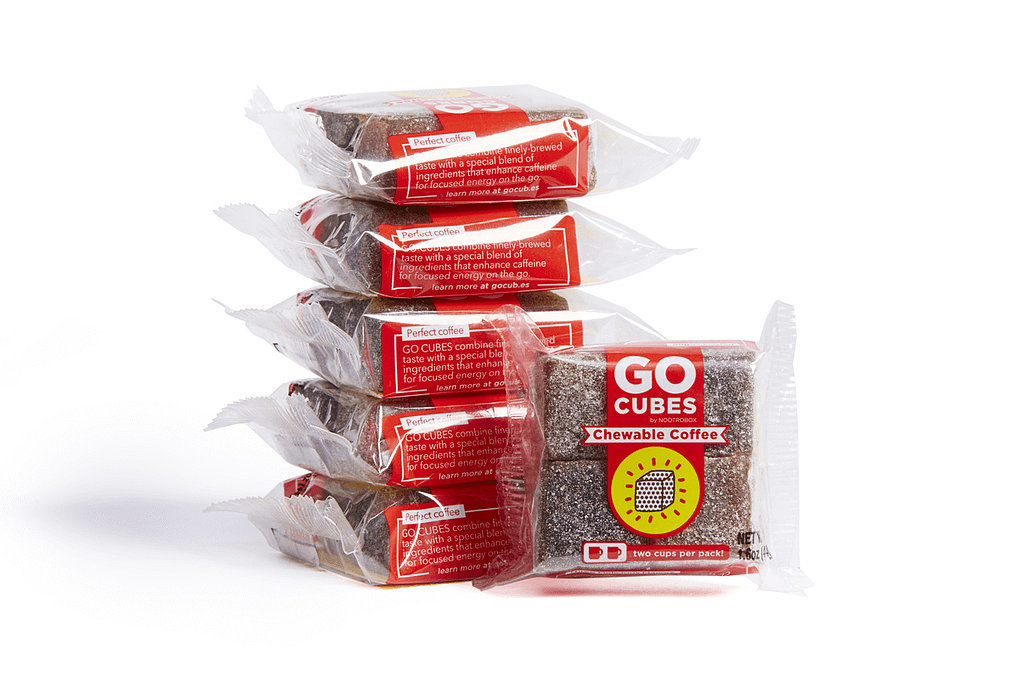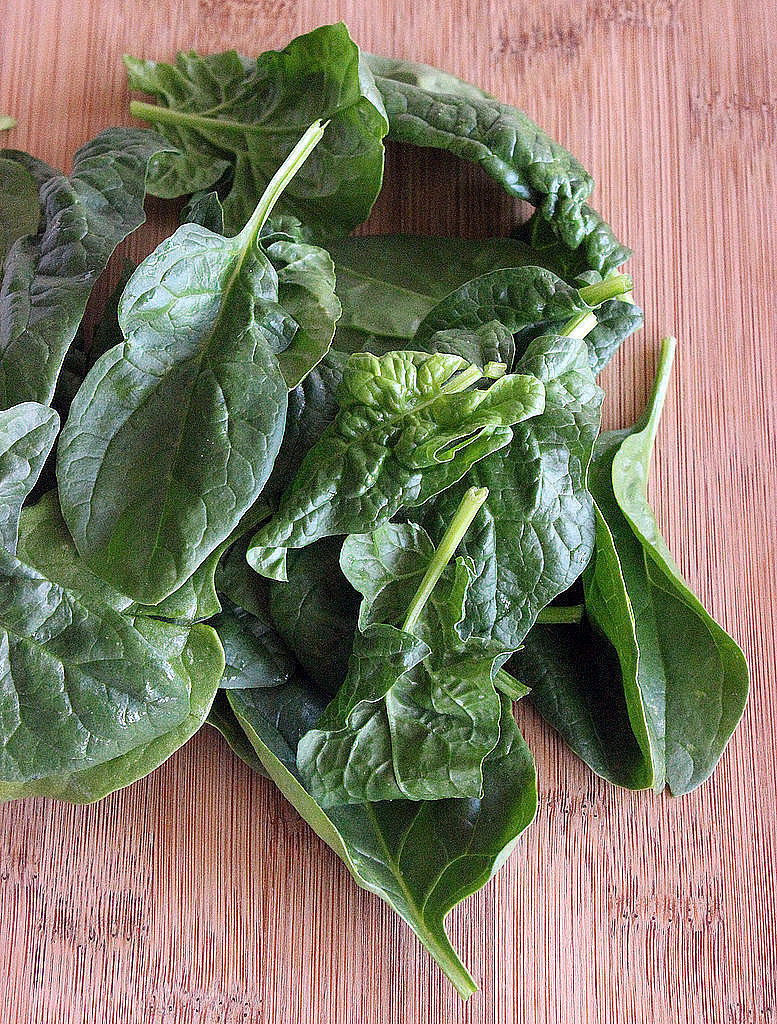Most people who count calories for weight loss or weight management assume it’s an exact science. It’s not. Here we outline 5 reasons calorie counting (i.e. logging your food to calculate intake) is fundamentally flawed.
++++
Make no mistake, the principles of energy balance work:
Take in more calories/energy than you expend, you gain weight.
Take in fewer calories/energy than you expend, you lose weight.
However, counting calories as a way to try to know, and control, your energy intake is fundamentally — sometimes hopelessly — flawed.
For starters, you can’t really trust that the calorie (and macronutrient) numbers you see on food packages are accurate. You see, the way they’re calculated — if they’re calculated at all — is surprisingly imprecise.
Plus, even if food package numbers were precise, once the food is cooked, or chopped, or blended, the amount of energy available for digestion and absorption changes.
Then there’s what happens once that food enters your body…
In the end, even something that seems as simple as knowing how many calories you’re taking in (and absorbing) can be influenced by dozens of unexpected factors.
That’s why, today, we share the 5 biggest (and surprising) problems with calorie counting as it relates to the “calories in” side of the energy balance equation.
Want to download the infographic and have it on hand to show friends (or clients)? Click here for printer- and tablet-friendly versions.

Okay, we know all of this is going to blow some minds. Especially with the current fascination around calorie tracker websites and apps.
But once you’ve had some time to let it sink in, please download the infographic and spread the word.
Some important notes
Lowercase ‘c’
For the scientists among our readership: Throughout the introduction and infographic, ‘calories’ — lowercase ‘c’, refers to kilocalories — or ‘Calories’. Over time, popular language has lost the big C/little c distinction.
Section 1: “Calorie counts are imprecise.”
In 1896, Wilbur O. Atwater, the father of food calories, sampled hundreds specimens of food products collected at the World’s Fair. Atwater calculated the caloric value of each food using bomb calorimetry, a very accurate and precise method for measuring total energy in any object.
Interestingly, a wide range of total caloric values was found, even for single food types (i.e. apples) bred, picked, and stored identically. As a result, the Food and Agriculture Organization of the United Nations said in a statement:
“Foods, being biological materials, exhibit variations in composition; therefore a database cannot accurately predict the composition of any given single sample of food.”
Even more interesting: Atwater’s total caloric ranges were used to produce the kcal averages still in use on labels and in databases today. (They’re over 100 years old!) For a given food these values could be up to 50% off, as outlined in the infographic.
Bottom line: The trust many of us feel that calorie labels and nutrient databases are exact (or even accurate and reliable) may be misguided.
Section 2: “Calorie counts that reflect only what we’ll absorb.”
The averages of 4 kcals per gram of protein, 9 kcals per gram of fat, and 4 kcals per gram of carbohydrates — meant to reflect how much energy we actually absorb from food since these values are lower than the energy measured in the food — are Atwater general correction factors developed in 1897 and still in use today.
Subsequently it’s been discovered that carbohydrates high in fiber have different correction factors, depending on the type of fiber (and even your gut bacteria / microbiota).
It’s also been discovered that energy absorption from protein varies. Typical absorption from animal protein is higher than the general Atwater factor — for example, 4.36 kcals per gram of protein in eggs — and lower from most vegetables — generally 2.44 kcals per gram of protein. The revised absorption averages are called Atwater specific correction factors.
Calories on food labels usually use the general factors while the USDA database uses the specific factors.
Further complicating the question of absorption, a new correction factor was developed to take into account the energy burned through digestion of various macronutrients.
Livesey’s Net Metabolizable Energy values are:
- protein, 3.2 kcals per gram;
- fat, 8.9 kcals per gram;
- available carbohydrates, 3.8 kcals per gram; and
- fermentable carbohydrates, 1.9 kcals per gram.
Bottom line: The idea that a gram of any protein yields 4 kcal, a gram of any fat yields 9 kcal, and a gram of any carbohydrate yields 4 kcal is a gross oversimplification that could have significant implications when trying to control and balance calorie intake.
Section 5: “People aren’t great at eyeballing portion sizes.”
Research shows the people are generally terrible at estimating caloric intake. Even trained nutritionists underestimate calories in meals by an average of 30 percent.
We often get the portion sizes wrong too. When trying to serve ourselves 1 tablespoon of, say, peanut butter, we often end up getting much more than an actual tablespoon. And it doesn’t just happen once in a while… it happens most of the time.
Seem a little complicated?
Energy balance and weight management can seem complex and a little overwhelming at times. At Precision Nutrition, it’s our mission to make figuring out what your food needs are for your specific goals a lot easier.
Women and men in our Precision Nutrition Coaching programs learn how to balance their food intake and activity levels to facilitate weight loss and health improvements in sustainable, long-term ways.
And fitness and health professionals in our Level 1 and Level 2 Certification programs learn how to help their clients do the same.
Coming Wednesday, April 13th.
If you’re a health and fitness pro and would like to learn more about becoming an elite, world-class nutrition and lifestyle coach, capable of helping clients navigate the sometimes confusing world of nutrition, check out our Precision Nutrition Level 1 Certification program; it kicks off soon.
Important: Since we only take a limited number of students each time we offer the program, and it sells out every time, the best strategy is to add your name to our free presale list.
Getting on the list gives you the chance to sign up for the certification 24 hours before everyone else. Even better, you save big on the cost of the program.
[Of course, if you’re already a student or graduate of the Level 1 Certification, check out our Level 2 Certification, an exclusive Master Class for elite trainers looking to perfect their nutrition knowledge and coaching techniques].
References
Click here to view the information sources referenced in this article.
Section 1
Atwater, W.O. & Woods, C.S., 1896. The Chemical Composition of American Food Materials. Bulletin 28. USDA. Washington, D.C.: Government Printing Office
Bender, M.M & Rader, J.I., 1998 (updated 2003). Guidance for Industry: Nutrition Labeling Manual – A Guide for Developing and Using Data Bases.
College Park, MD: U.S. Food and Drug Administration. Section 23CRF101.9(g)
Greenfield, H., 2003 (updated 2014). Food composition data: Production, management and use. Burlingame, B.A. & Charrondiere, U.R. (Eds.), Rome, Italy.: Food and Agriculture Organization of the United Nations.
Section 2
Baer DJ, Gebauer SK, Novotny JA. Walnuts Consumed by Healthy Adults Provide Less Available Energy than Predicted by the Atwater Factors. J Nutr. 2016 Jan;146(1):9-13. doi: 10.3945/jn.115.217372.
Baer DJ, Gebauer SK, Novotny JA. Measured energy value of pistachios in the human diet. Br J Nutr. 2012 Jan;107(1):120-5.
Livesey G. A perspective on food energy standards for nutrition labelling. Br J Nutr. 2001 Mar;85(3):271-87. Review.
Livesey G. Metabolizable energy of macronutrients. Am J Clin Nutr. 1995 Nov;62(5 Suppl):1135S-1142S. Review.
Livesey G. The impact of complex carbohydrates on energy balance. Eur J Clin Nutr. 1995 Oct;49 Suppl 3:S89-96. Review.
Menezes EW, Grande F, Giuntini EB, Lopes Tdo V, Dan MC, Prado SB, Franco BD, Charrondière UR, Lajolo FM. Impact of dietary fiber energy on the calculation of food total energy value in the Brazilian Food Composition Database. Food Chem. 2016 Feb 15;193:128-33.
Merrill,A. L., and Watt, B. K. 1973. Energy value of foods. USDA Agriculture Handbook No.74. Washington, D.C.: U.S. Agricultural Research Service.
Novotny JA, Gebauer SK, Baer DJ. Discrepancy between the Atwater factor predicted and empirically measured energy values of almonds in human diets. Am J Clin Nutr. 2012 Aug;96(2):296-301. doi: 10.3945/ajcn.112.035782. Epub 2012 Jul 3.
Nestle, M. & Nesheim, M. 2012.Why Calories Count: From Science to Politics. London, England: University of California Press.
Zou ML, Moughan PJ, Awati A, Livesey G. Accuracy of the Atwater factors and related food energy conversion factors with low-fat, high-fiber diets when energy intake is reduced spontaneously. Am J Clin Nutr. 2007 Dec;86(6):1649-56.
Section 3
Carmody RN, Wrangham RW. The energetic significance of cooking. J Hum Evol.
2009 Oct;57(4):379-91.
Carmody RN, Weintraub GS, Wrangham RW. Energetic consequences of thermal and nonthermal food processing. Proc Natl Acad Sci U S A. 2011 Nov 29;108(48):19199-203.
Groopman EE, Carmody RN, Wrangham RW. Cooking increases net energy gain from a lipid-rich food. American journal of physical anthropology. 2015;156(1):11-18.
Section 4
Jumpertz R, Le DS, Turnbaugh PJ, Trinidad C, Bogardus C, Gordon JI, Krakoff J. Energy-balance studies reveal associations between gut microbes, caloric load, and nutrient absorption in humans. Am J Clin Nutr. 2011 Jul;94(1):58-65.
Heymsfield SB, Pietrobelli A. Individual differences in apparent energy digestibility are larger than generally recognized. Am J Clin Nutr. 2011 Dec;94(6):1650-1.
Section 5
Backstrand J, Wootan MG, Young LR, Hurley J. 1997. Fat chance. Center for Science in the Public Interest, Washington, DC
Carels RA, Harper J, Konrad K. Qualitative perceptions and caloric estimations
of healthy and unhealthy foods by behavioral weight loss participants. Appetite.
2006 Mar;46(2):199-206.
Carels RA, Konrad K, Harper J. Individual differences in food perceptions and
calorie estimation: an examination of dieting status, weight, and gender.
Appetite. 2007 Sep;49(2):450-8.
Lansky D, Brownell KD. Estimates of food quantity and calories: errors in
self-report among obese patients. Am J Clin Nutr. 1982 Apr;35(4):727-32.
The New York Times Marian Burros
Oakes ME, Slotterback CS. The good, the bad, and the ugly: characteristics used by young, middle-aged, and older men and women, dieters and non-dieters to judge healthfulness of foods. Appetite. 2002 Apr;38(2):91-7.
Feinman RD, Fine EJ. “A calorie is a calorie” violates the second law of
thermodynamics. Nutr J. 2004 Jul 28;3:9.
Source: The Surprising Problem With Calorie Counting — The “Calories In” Edition. [Infographic] : Precision Nutrition

![The Surprising Problem With Calorie Counting — The “Calories In” Edition. [Infographic]](https://news.hippocrates.me/wp-content/uploads/2016/03/precision-nutrition-counting-calories-prob-INFO.png)




